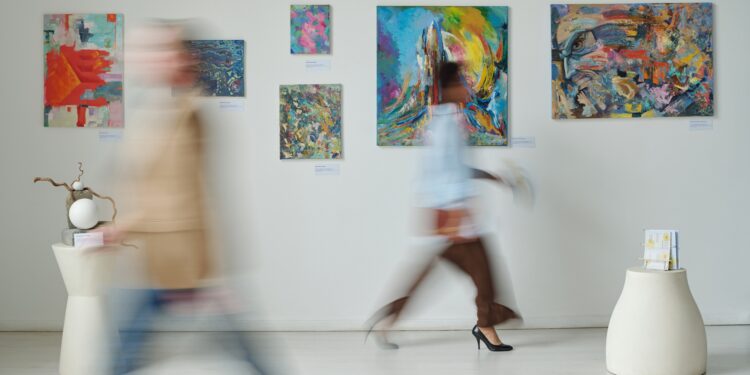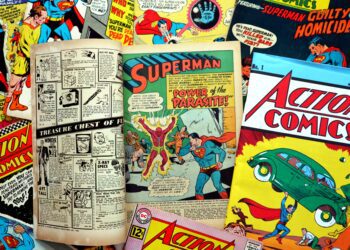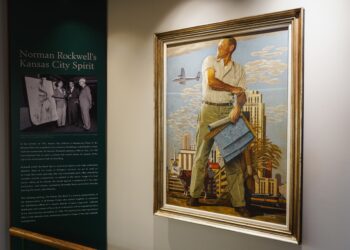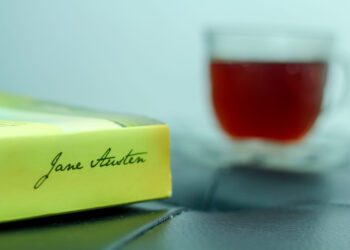The artificial intelligence (AI) giant OpenAI recently announced that its ChatGPT platform now provides free image generation, prompting an online flood of images imitating the styles of the animator Hayao Miyazaki and other well-known artists. This has been heralded as the next step in the death of art and artists, joining the impending death – or zombification – of the writer, as AI-generated novels are slated to flood the market. But a peculiar feeling, or rather lack thereof, arises when trying to engage with AI art objects.
It is not simply that AI lacks originality; after all, so too does most human art. The problem runs far deeper: the essence of art is lost in the process of its machinic invention and, with it, the very possibility of a democratic society is put under threat.
Art is a defining human endeavor, not just for those formally called “artists” but for everyone. It is not merely about arranging colors, forms, sounds or words into pleasing products. The essence of art inheres in its making: the belief that, in the act of creating art, one imbues an object with something ineffable from within one’s own being. This belief, in turn, allows for another person to project their own sense of themselves onto the work and, in doing so, to commune with the artist at a level words cannot access.
What grants art its infinite value is not the art object itself but rather what it allows by representing human experience and a singular being behind it: the way it is imagined to carry traces of an artist’s interiority, their unique feeling of being in the world. The process of making art is an act of transmission. It offers some unspeakable truth of oneself to another. In turn, the viewer finds in the artwork a reflection of their own inner sense, their inarticulable fears and desires. Art is a means of probing the gap between and within human beings through a shared but indirect language.
But art also connects audiences with each other. When two strangers are struck by a work of art and each invests it with a sense of their innermost being – perhaps involving trauma, memory or impossible desires – they relate to one another at a level of intimacy and vulnerability that is otherwise inaccessible. The artist and the artwork function as a mediator, allowing for connection with others not as simply consumers but as fellow beings who, like each of us, feel themselves to be more than they can ever express. It’s why we watch films with lovers, paint murals with neighbors or read novels alone on rainy weekends.
The loss of this connectedness has profound consequences not only for our relationships but also for the broader social and political fabric. A democratic ethos depends on these ties: the recognition that, precisely because of our differences rather than in spite of them, we share fundamental aspects of being. Without shared experience that affirms and protects difference, the ties that hold democratic life together begin to fray. In their place emerge homogenizing substitutes – tribalism, homo- and transphobia, authoritarianism, fascist fantasies – that promise belonging through exclusion, hatred and violence.
Read the full article by Eric Reinhart / Guardian












